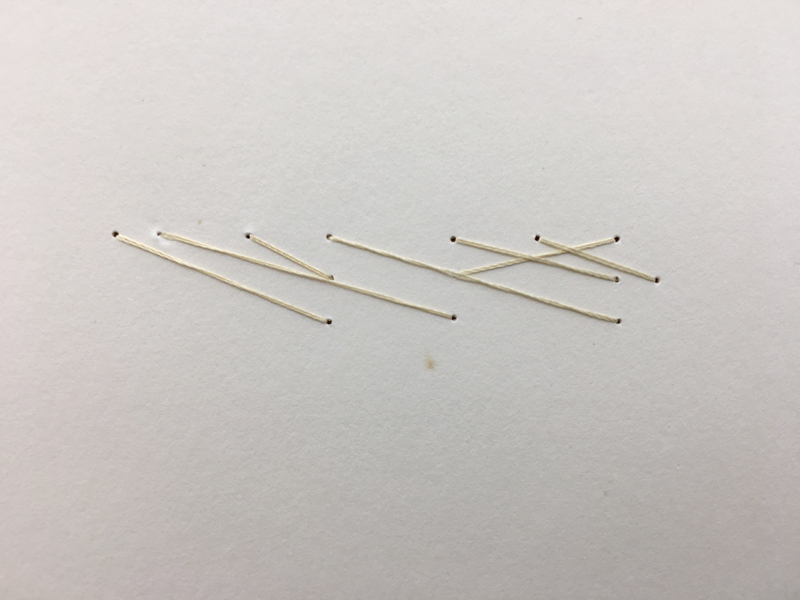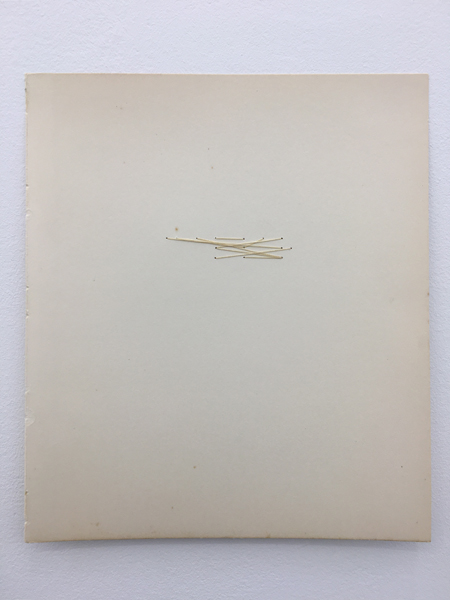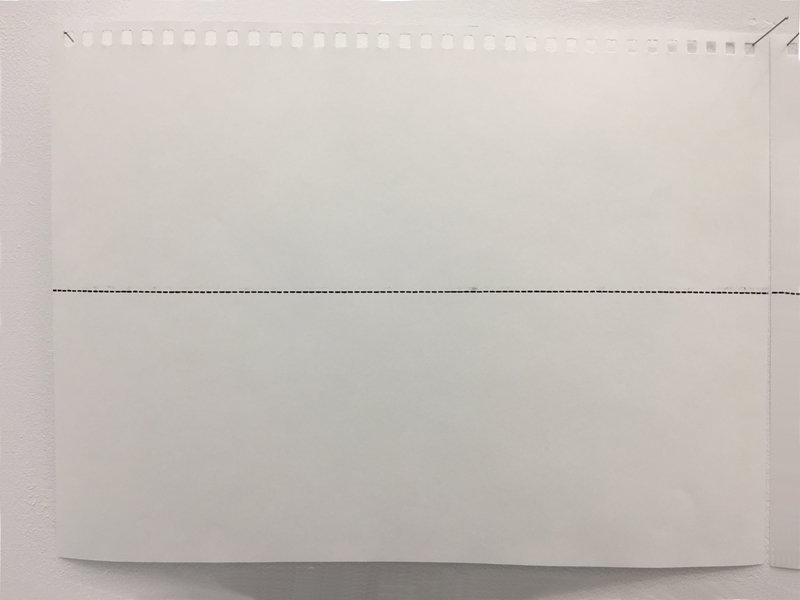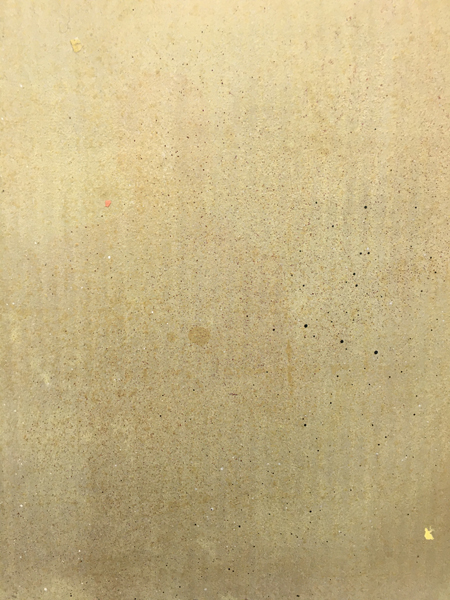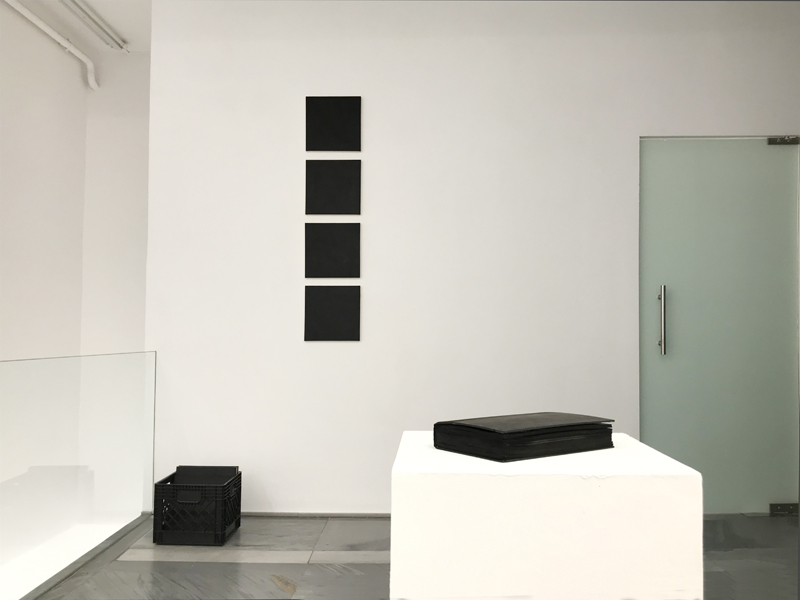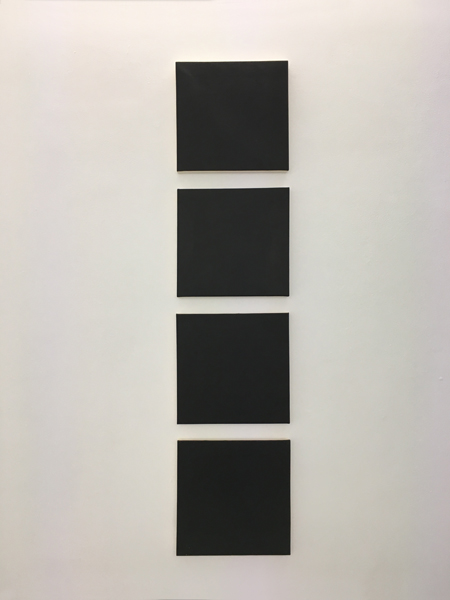Sin Fronteras / No Borders .- Karlos Cárcamo, Guadalupe Maravilla, Abigail Reyes, Crack Rodríguez and Verónica Vides
20/Nov/2021 - 29/Jan/2022
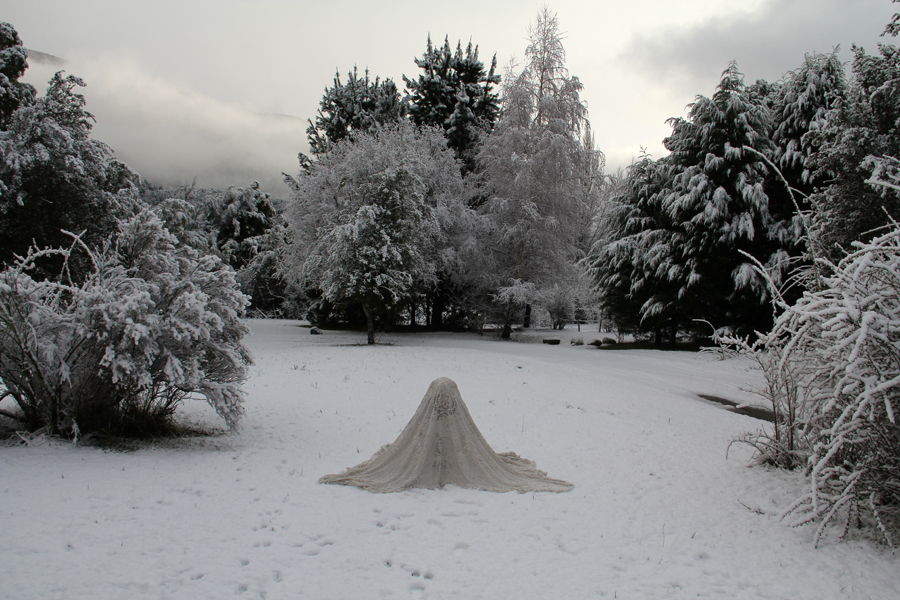
Coinciding with the 200-year anniversary of the declaration of Central America’s independence from Spain, Omar López-Chahoud and Patricio Majano, in collaboration with Y.ES Contemporary Exhibitions Foundation, have curated Sin Fronteras / No Borders project for Espacio Mínimo gallery. An exhibition that, through the work of five Salvadoran artists (Karlos Cárcamo, Guadalupe Maravilla, Abigail Reyes, Crack Rodríguez and Verónica Vides), develops the concept of El Salvador as something that cannot be defined only considering the geographic borders from the country.
According to the latest census, one in four Salvadorans has migrated to other regions. Therefore, the notions associated with the concepts of El Salvador and Salvadoran identity are diverse and cannot be limited to a single specific place. Starting from this premise, the exhibition reflects on the concept of El Salvador in relation to migration, and considers Salvadoran identity as something malleable and fluid, not limited to a particular territory.
The selection of artists that are part of this exhibition emphasizes, per its curators, on the Salvadoran diaspora, a group of people who share a common heritage and similar stories, but who at the same time is a group with diverse identities as a product of the interaction with other regions and cultures. In contrast, the culture of migrant Salvadorans, or distant brothers, is also an influence for the people who live in El Salvador. These links and interactions of Salvadoran culture and history with those of other regions is visible in the works that make up the exhibition and becomes its main axis: the impossibility of classifying current Salvadoran art under a specific aesthetic or specific parameters. Therefore, the sample tries to get rid of possible categorizations and establish the diverse as habitual.
KARLOS CARCAMO (El Salvador, 1967), lives and works in Beacon, New York. His work reflects his interest in abstraction and art history seen through the prism of urban culture. Using a conceptual and formal approach constructed by various genres of urban culture including Hip Hop, DJ and Graffiti, he makes paintings and sculptures that incorporate ideas such as graffiti sampling and tagging as a means of examining the legacy of self-referential abstractions, artistic purity and exclusion, while recontextualizing high and low cultural references that subvert aspects of our daily life within its pictorial language. In 2000 he obtained his MFA from Hunter College, his work has been exhibited in various venues in New York City, including Artists Space, The Brooklyn Museum, PS1 Center for Contemporary Art, El Museo del Barrio, PS122 Gallery, Longwood Art Gallery, Queens Museum of Art and Bronx Museum of the Arts and at the El Salvador Art Museum, Jersey City Museum, Hionas Gallery and Collar Works. His work is in many public and private collections, including El Museo del Barrio, Red Bull Corporate Art Collection, Deutsche Bank, Museo de Arte de El Salvador, Fundación Robert S. Wennett and Mario Cader-Frech, and Museo Reina Sofía, Spain.
GUADALUPE MARAVILLA (El Salvador, 1976). He came to New York in the 1980s as a refugee from his country’s civil war. Formerly known as Irvin Morazán, Maravilla recently re-adopted his birth name and took the pseudonym of his undocumented father as his last name. Maravilla is a multidisciplinary artist who uses media such as performance, video and sculpture to mount rituals that fuse fiction and autobiography. He is an assistant professor at VCU Sculpture + Extended Media. He has performed and presented his work extensively over the last few years in spaces such as the New Museum, The Metropolitan Museum of Art, The Bronx Museum, El Museo Del Barrio, in New York, Jersey City Museum, Masur Museum of Art, Caribbean Museum (Colombia), MARTE Museum (El Salvador), Mercosur Biennial (Brazil), X Central American Biennial (Costa Rica), XI Nicaragua Biennial (Nicaragua), Performa 11, Performa 13, Saud Haus (Berlin), Vooruit ( Belgium), Fuxe-Box Festival and Exit Art. His residencies include LMCC Workspace, SOMA (Mexico City) and the Skowhegan School of Painting and Sculpture. Exhibitions such Luz y fuerza at MOMA and OG of the Undocumented Children at Whitney Museum of American Art in New York stand out. His work has been recognized by numerous awards and grants, including Creative Capital Grant, Joan Mitchell Emerging Artist Grant, Art Matters Grant, VMFA 2017, VCU Fountainhead Fellowship, Dedalus Foundation Fellowship, Cisneros Foundation Travel Grant, The Robert Mapplethorpe Award for Photography. The video shown in the exhibition is the documentation of a performance where the artist addresses moments in his life, which include migration and healing, creating his own mythology.
ABIGAIL REYES (El Salvador, 1984). Graphic designer by training, visual artist and poet, she has participated in different workshops and in residency for Rapacious Central American artists in Nicaragua. She has individual exhibitions in museums and galleries in different countries of America (MARTE Museum of El Salvador, Manzanita Hall Gallery CSUN, USA or Museum of Art and Design of Costa Rica), and has participated in group exhibitions at the Jumex Museum (Mexico), Palais de Tokyo (Paris), Sala Amós Salvador de Logroño, Städtisches Galerie Wolfsburg (Germany), Galería de Arte Taimiao (Beijing), Espacio Poporopo (Guatemala), TEOR / éTica (Costa Rica), Sala Nacional (El Salvador) or Centro Cultural de España (El Salvador), She was selected for the X Central American Biennial in 2016. This project shows part of her most representative series, which are based on her own experience as a secretary, and which visualize the gender inequality present in El Salvador and Latin American culture.
CRACK RODRÍGUEZ (El Salvador, 1980). Lives and works in El Salvador. He is a member of the art production company “The Fire Theory” and of the artivist movement “Los Siempre Sospechosos de Todo”. His practice and actions are intrinsically related to social, political and popular culture, from where he builds strong ties with the public that reacts and / or participates and that often becomes part of his work, not as passive spectators, but as a catalyst. that activates the social context trying to question and demystify symbols and narratives told from the abuse of power that want to impose their version of post-truth as the official one. Beneficiary and participant of the Landings project by curator Joan Duran Mérida, Yucatán / Belize platform, presented a presentation at Creative Time Summit 2017 “Homeland and Revolution” coordinated by Creative Time and The Power Plant Art Gallery, Toronto, Canada. He has been nominated as an emerging artist Grant MISOL 2014 from the MISOL Foundation in Bogotá, Colombia. He was a member of the 2015 Zummer Paul Klee Academy, curated by Hassan Khan Berne, Switzerland. Selected for the DESPINA 2016 artistic residency “Art and activism in Latin America”, Rio de Janeiro, Brazil, September-October 2016. He has shown his work individually and in group exhibitions in important institutions in the USA, Europe and America. His works have a strong political charge, such as the video and photos of the performance that we present and that has been one of the most popularized pieces by the media in El Salvador. In this piece, the artist denounces the Salvadoran electoral system, making a relation of the basic needs of the people with the corruption of the state.
VERÓNICA VIDES (El Salvador, 1970). She currently lives in Patagonia Argentina. She studied Artisan Design and her work, which has developed from the three-dimensional, installation, intervention, actions, photography and video, explores the relationship of human beings with their environment reflecting on our interaction with the environment and nature, in which she observes a marked look of separation that places us as spectators and not as an intrinsic part of it. In 1994 she held her first sculpture exhibition, in 2003 she won the first prize in JUANNIO, Guatemala; Bienal Arte Paiz El Salvador and HABITART, El Salvador and in 2004 she received an honorable mention at the IV Central American Biennial. In 2010 she participated in the First Triennial of the Caribbean, Dominican Republic and in the VII Central American Biennial, in 2011 she was selected for CHANGE, Latin American Art in Washington and in 2014 she won the Grand Prize of Honor at the Salón Artes Plásticas, Esquel, Argentina. In 2016 she was invited to the X Central American Biennial, Costa Rica, in 2018 she was selected for the exhibition “From here to there” video art, Latin America, Palais de Tokyo “Le Tarmac”, Paris and in 2019 she was selected at the Neuquén Biennial Contemporary, Argentina. Her work is represented, among other public collections, in the Ministry of Foreign Relations, Mexico, in the World Bank, USA, Museum of Contemporary Art – MADC and Fundación TEORÉTICA, Costa Rica; Museum of Art of El Salvador – MARTE and National Collection, El Salvador; Ortiz Gurdián Foundation, Nicaragua. The works she presents are based on her experience of having migrated to Patagonia, in Argentina, and the relationship with the environment and natural surroundings that this implied.
This exhibition coincides with the one that Omar López-Chahoud and Patricio Majano have curated at the Arniches Gallery, which includes a selection of works by young Salvadoran artists.











